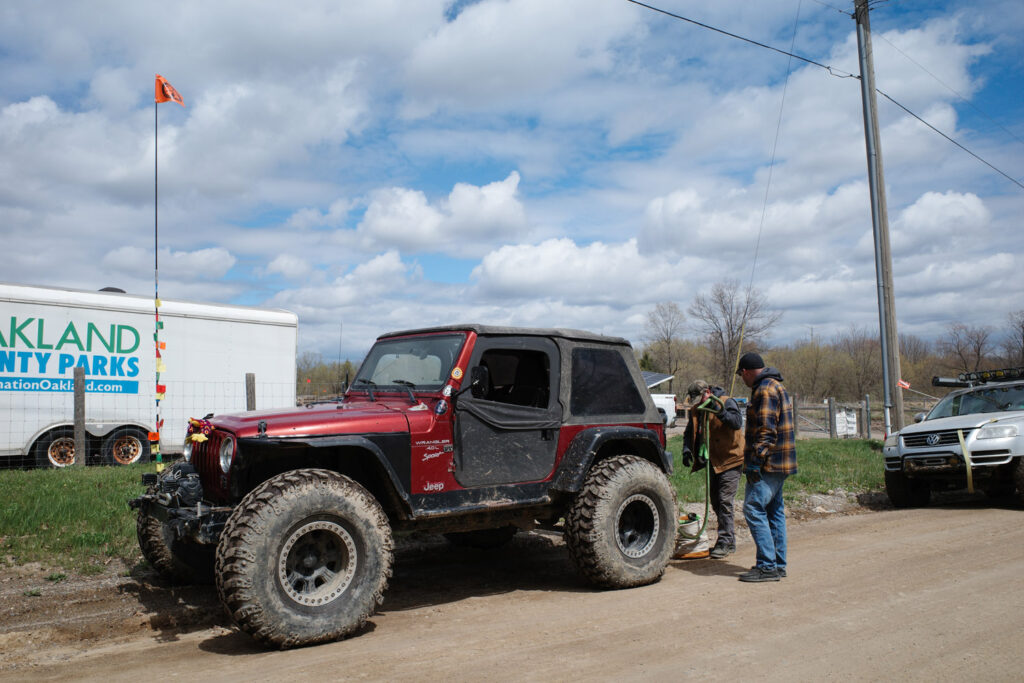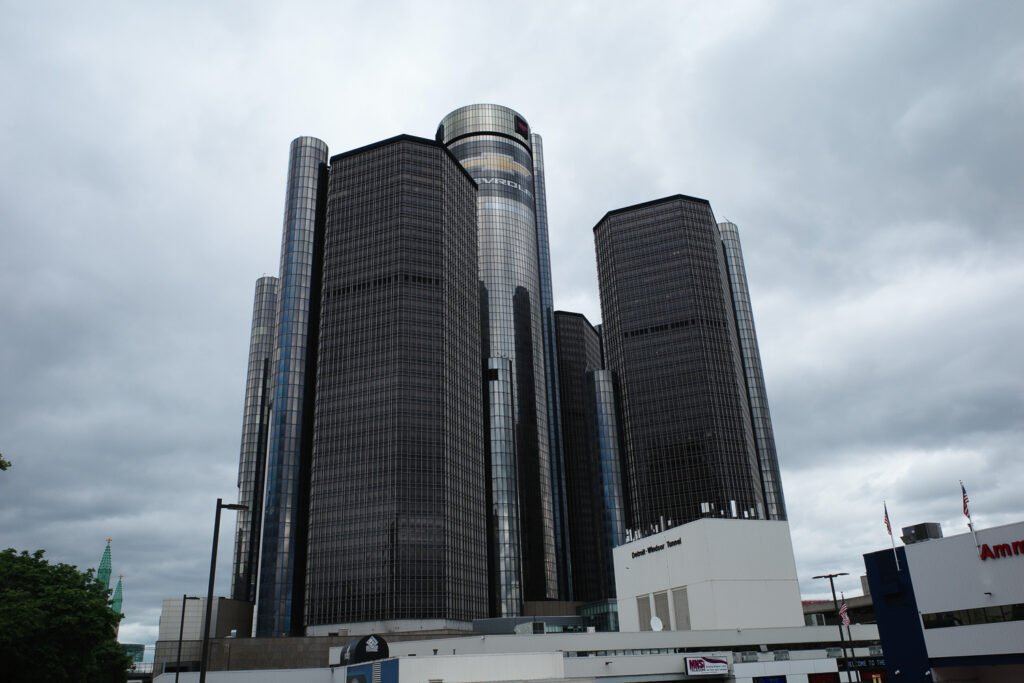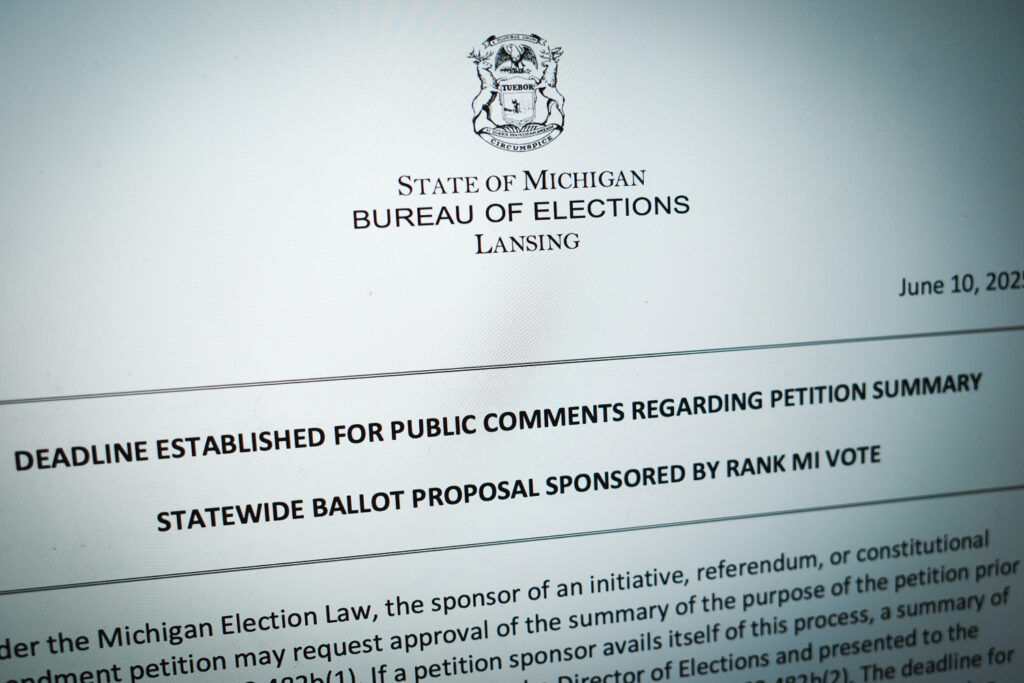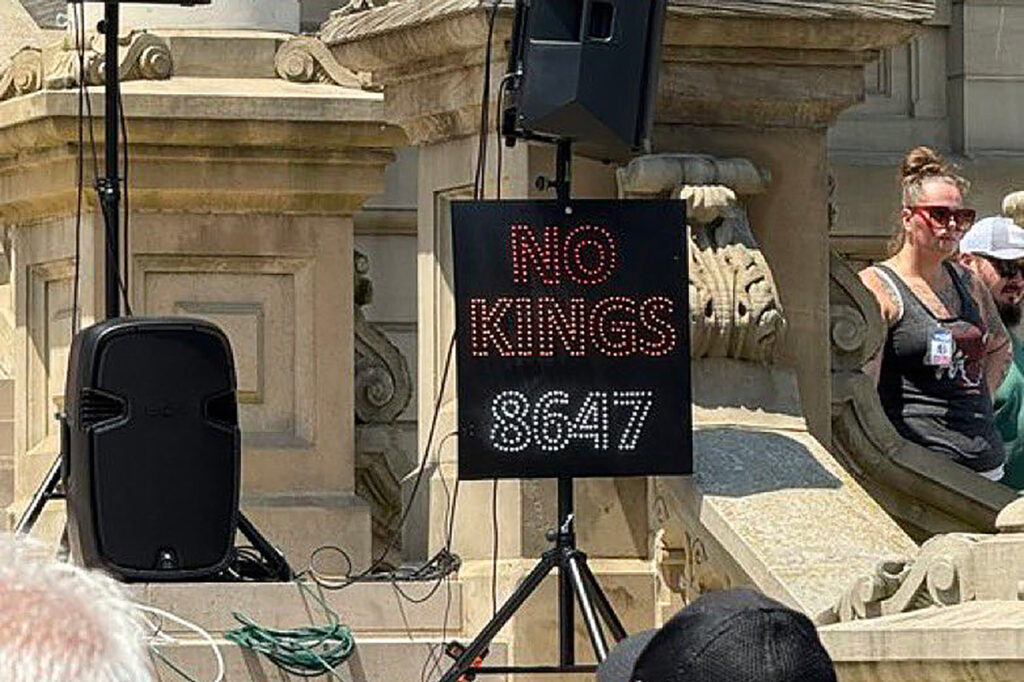Narratives about the state of life in Michigan seem to hit one of two angles: “it’s so over” or “we’re so back.” The truth is, prosperity and decay coexist in the state, often right on top of each other. Enter the village of Holly and its neighbor, the city of Flint.
Holly feels alive. Flint feels dead. They’re only 20 minutes away from each other but in vastly different universes.
Driving through Holly, on my way to Flint, I stumbled upon Holly Oaks ORV Park. ORVs—off-road vehicles, according to their website. It was a bustling scene. Jeeps and off-roaders parked all around, some with their hoods popped up; men in jeans and flannel shirts, talking and checking out their engines. The smell of gasoline in the cold April air.

Strolled into the parking lot, more a staging area than a place to leave your car. Jeeps, buggies, 4-wheelers, dirt bikes scattered about. Ubiquitous orange flags mounted on poles high over top of them for visibility. Some pulled off down the road to the park entry, drivers inside, a few passengers. Young men in dirt bike gear and helmets walked past, mounted their bikes, and motored off. Vehicles lined up to go around for a pass, other vehicles passed through the exit, parking as the drivers dismounted.
The ORV park is carved into the side of a large hill, the site of a former gravel mine. A cliff overlooks it near the parking lot, with some benches and a viewing area. Standing near the edge, I saw each vehicle come flying down the dirt path, navigating a steep turn in their own way. Some drifted along it through the dirt, tires kicking up mud. Others slowed down, took the turn, then hit the gas on the straightaway. More vehicles off in the distance, navigating the cliff-side pathways carved into the hill.

The park is administered by the state, but the vehicles are all their own. Anything off-road capable is allowed—there was just about damn near everything with dirt tires, a motor, and someone to drive it. Some looked fresh off the lot, others worn from many years, others completely unique and hand-built. Character, distinction, and energy pulsing through the engines of the place.
Vitality—Holly sparked with it. Life, liveliness, activity. Drivers out enjoying their dangerous, exciting pastime, not at home sitting on their asses scrolling TikTok, or sitting in a boarded up house with a needle in their arm. Youth—young men in full kit on their dirt bikes, covered in splattered mud. They took this hollowed out gravel mine and made something new, a place for sport and recreation. They kept it alive, in a new way.
The scene in Flint couldn’t be more different, as I continued my journey onwards. A wasteland, panging with absence. Abandoned storefronts, empty houses with plywood windows, covered in graffiti. Hollow sign posts, their markings removed, decrepit parking lots with weeds growing through the cracked pavement. Few cars or people on the street, if any.
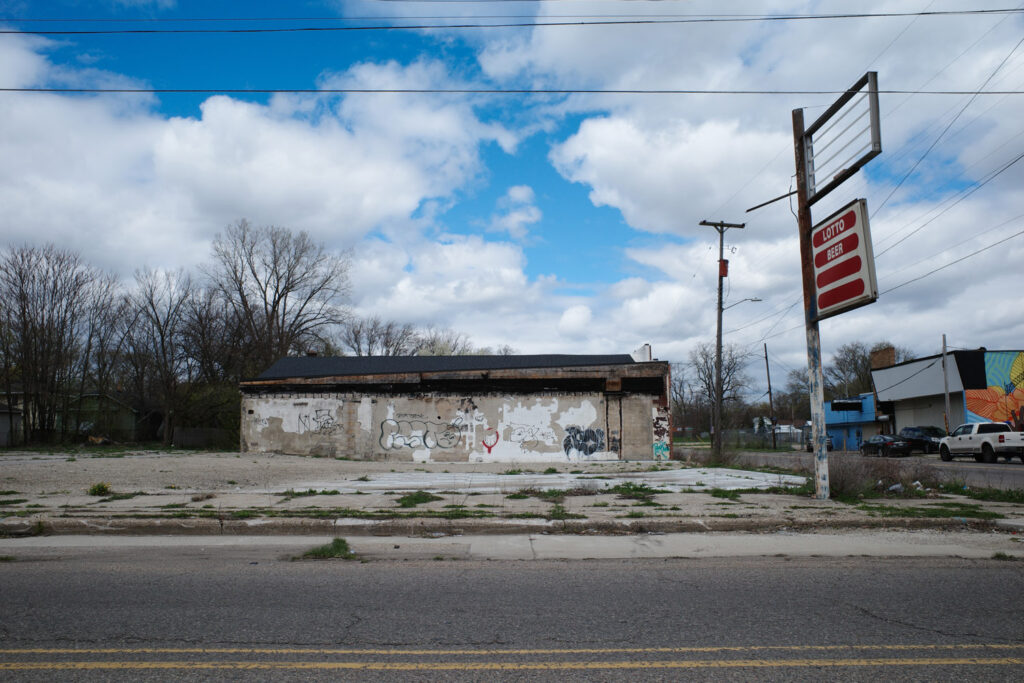
Parked in the gravel parking lot of a bar. A few patrons hung around, some buddies were waiting for me. All gave me a shocked look as I drank Sprite from a soda gun, out of a plastic cup filled with ice, sampling the Flint tap water filtered through the sugar syrup.
Even the locals still won’t drink the water. Politico wonders, if Flint has clean water now, why won’t people drink it? No matter that the EPA says it’s clean—the people don’t trust the city and its institutions. This gets at the core of the malaise, the managed crisis of decline, and the resulting faithlessness of the population in government to solve any of the problems and not just enrich itself.
Oppression hangs heavier in the air in Flint than the lead in the water. Dysfunctionality, incompetent bureaucracy, aging infrastructure. Flint is an aged lead pipe, and the half a billion dollars spent to fix the water systems haven’t solved the overall decline one bit.
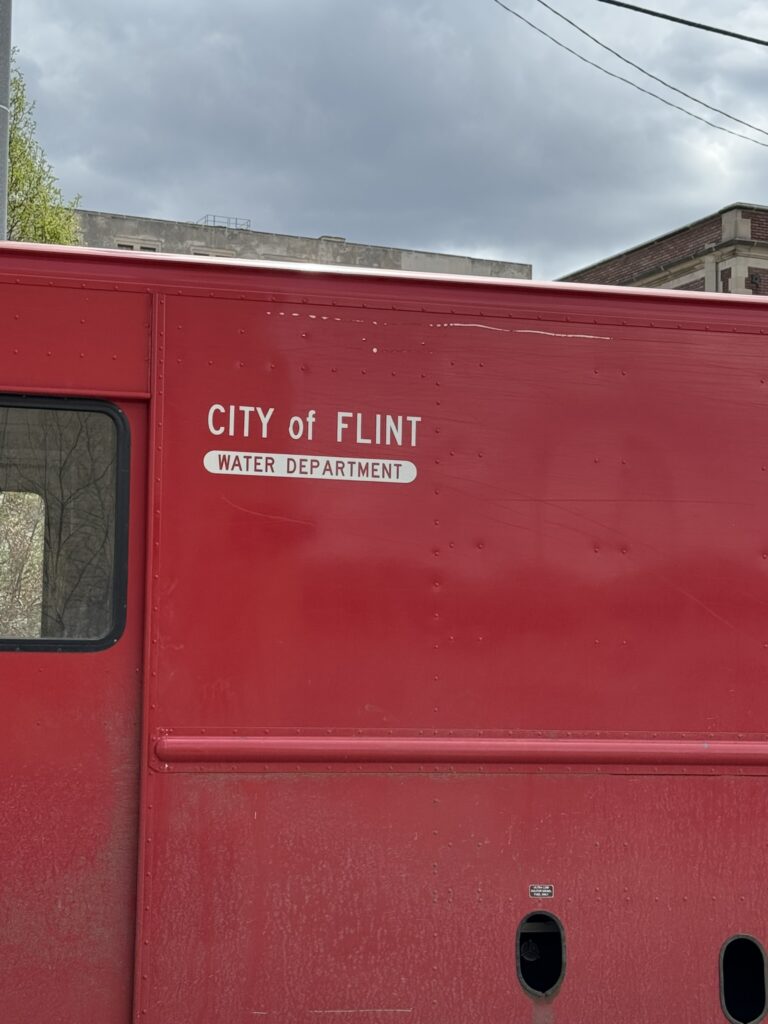
Flint might be rehydrated now, but the grim reality is over 100,000 people have left since 1960. From 2010 to 2020 alone, the city lost 20,000 people, a 20% drop in the population. That’s within living memory—recent memory, even. Flint’s decline is not just some legacy of generational ruin, but an ongoing wound. Faithlessness in the city drives them away in droves.
Flint residents are right to distrust their institutions. They failed them, unable to even provide clean water. The solution, however, isn’t to arbitrarily restore blind faith in governance. As much as the Left fancies themselves freethinkers, that’s what they really want. Trust the science, bigot. Trust that the water is clean now, because we say so. They don’t understand that trust has to be earned, it can’t be forced.
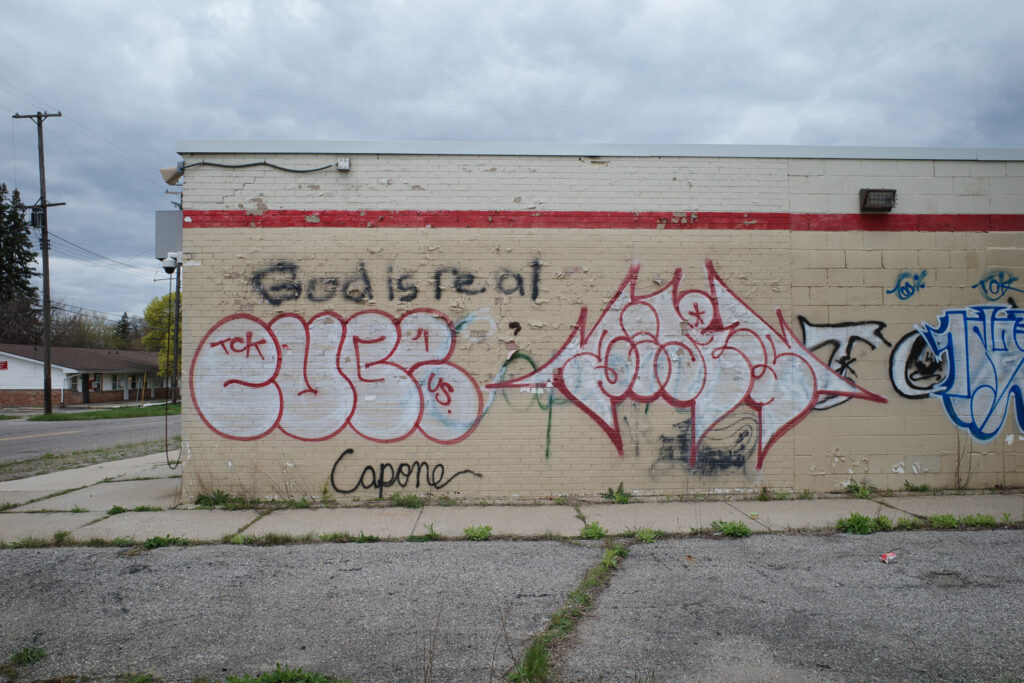
The real solution—trust in yourselves, in the boldness of individuals and their ability to take bold action. Don’t sit around waiting for government bureaucrats to help you; you’ll be waiting a long, long time.
What you see in Holly that feels so alive is the daring spirit of individuals willing to gas up an off-roader and whip it around a bend. What feels so dead in Flint is the looming oppressive spirit of a malign bureaucracy, still sucking blood from a decaying corpse.
ATVs and off-road Jeeps aren’t a solution to our problems, but they’re symbols of life, of daring intrepid spirit. Of America, to be blunt. The willingness of the individual to be bold and take risks, to embrace life rather than death. This is what it will take, in the end, not some boring technocratic solutions, not new steel pipes, not billions of dollars for infrastructure. A spiritual revival of vitality, building us up to embrace the challenges and danger inherent in any worthy enterprise—and uplifting life in Michigan is as noble a cause as you’ll find.
Bobby Mars is an artist, alter ego, and former art professor. Follow him on X at @bobby_on_mars.
